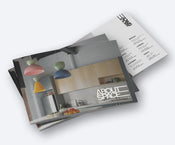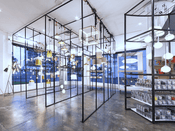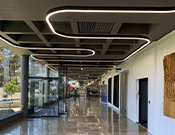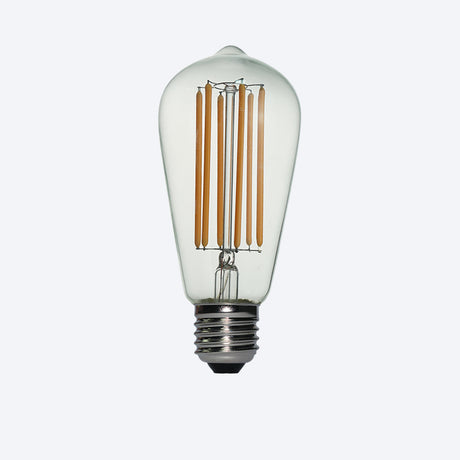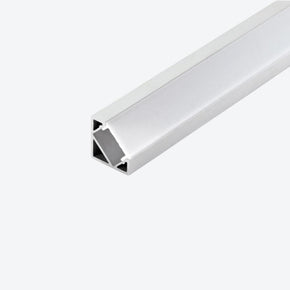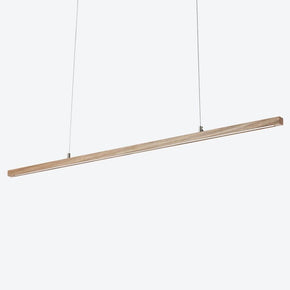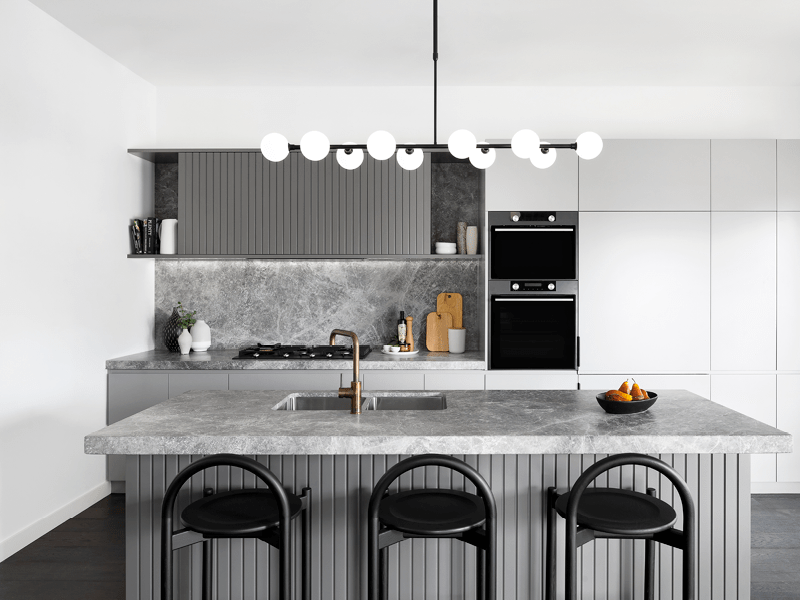- No products in the cart.
- ``
LED Lighting 101: Fast Track to Understanding LED
26
Apr
If you've ever marveled at the vibrant glow of your smartphone screen or the crisp brightness of a stadium display, you've experienced the magic of Light Emitting Diodes (LEDs). But what exactly are LEDs, and why are they transforming the way we light up our spaces?
Here’s a crash course for everything you need to know about LEDs.
LEDs – the Basics: LEDs, or Light Emitting Diodes, create light using a semiconductor in a process called electroluminescence. Unlike incandescent globes, LEDs are energy-efficient, versatile, and eco-friendly.
Forget Watts, let’s talk Lumens: In the past, we gauged brightness by watts, thinking higher meant brighter—but what that also means is higher energy consumption. With LEDs, we go by lumens.
LEDs use significantly fewer watts than incandescent globes to achieve the same brightness. For instance, a standard 75W globe can be replaced with an LED globe emitting approximately 950 lumens. Similarly, a 40W globe can be substituted with an LED globe producing about 450 lumens. Switching to LEDs means getting the same or better light using much less power.
What do you get from switching to LEDs?
Lower maintenance = less frequent replacements: LEDs are durable, often lasting over 20,000 hours of use. To put it simply, that's more than 5 years if you use them for 10 hours daily. Unlike old globes that just die out, LEDs gradually dim over time.
Environment friendly and mercury-free: LED lights are the green choice. Unlike fluorescent bulbs, which can contain traces of hazardous mercury, LEDs are mercury-free and 100% recyclable cutting your carbon footprint—by up to a third! And here's the kicker: one LED bulb can replace a whopping 25 incandescent globes, cutting down on materials and production.
Energy & sustainable efficiency: LEDs boast an impressive energy efficiency of 80-90%. What does this mean? Well, with LEDs, a whopping 80% of electrical energy gets transformed into light, leaving only a small 20% lost as other forms of energy, like heat.
Cost Savings: Save money with LEDs—they last longer and use less energy. Plus, you'll need fewer LEDs to match the brightness of traditional bulbs. Win-win!
Colour Options and Versatility: LEDs come in various colours and can be customised to create unique lighting designs, providing options for different atmospheres and moods.
Versatility in Design: LEDs can be used to create different shapes and forms, something traditional sources just can't match. With LEDs, you have almost an unlimited option to illuminate your home in unique and creative ways.
Health benefits: LEDs offer steady illumination, mimicking natural sunlight, and can be customised to address sensory issues and alleviate symptoms of seasonal affective disorder (SAD), by using different colour temperature globes.
Life like Colours (CRI): The colour rendering index (CRI) is your guide to how accurately colors appear under a light source. Aim for higher numbers for better accuracy. LEDs scoring 80 or above offer good color rendering, while 90 or higher is ideal, especially for precision tasks. Whether you're a shop owner, designer, or makeup artist, these LEDs can bring your space to life with lighting that mimics natural daylight.

Traditional incandescent globes usually have a CRI of 100, matching full daylight. For most indoor settings, a CRI of 80 or above is recommended, while 90 or above is excellent—perfect for spaces like bathroom vanities.
Our LED lights at About Space typically boast a CRI of at least 80, ensuring your colours look good and vibrant.
Minimal UV emission: LEDs emit minimal ultraviolet (UV) light, making them safe for sensitive items like paintings.
Applications: LED lighting is suitable for various settings, including task lighting, accent lighting, and highlighting artwork, thanks to their directional capabilities.
Ready to make the switch to LEDs? Reach out to About Space to see how we can assist you with the transition. Browse our collection today and brighten up your space with energy-efficient, environmentally friendly LED lighting solutions.


